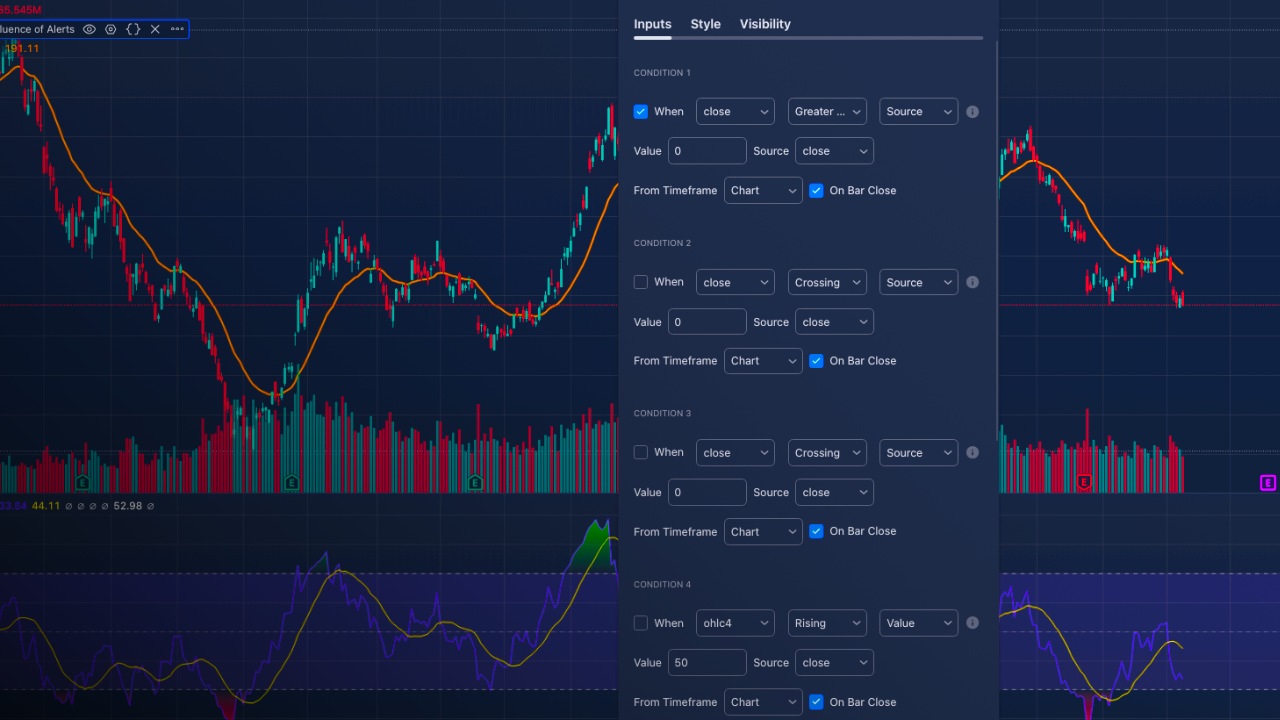The Stock Market Sees High Levels of Automated Trading
Most read
The financial markets have been changing rapidly in response to converging forces such as globalization, competition, geopolitics, and demographic shifts. As a consequence of rapid technological change, many new products and services have been developed, which have significantly altered the dynamics of financial trading.
Innovations in digital trading, such as high-frequency computer trading and algorithmic trading, have grown recently, with the algorithmic trading market expected to witness a CAGR of 11.23% over the forecast period (2021-2026). Algorithmic trading also contributed nearly 60-73% of all U.S. equity trading in 2018.
Machines Making the Trading Decisions
Computer programs perform buy and sell orders using complex algorithms and formulas without any human involvement. According to Art Hogan, chief market strategist at B. Riley FBR, on an average day, computers account for 50% to 60% of all trades. When markets are extremely volatile, computers can account for 90% which is why automated trading is crucial in the digitized world we live in.
It is anticipated that automated trading technology will continue to advance for at least the next ten years. Today's financial markets involve human traders interacting with a huge number of computerized trading systems, but in the future, machines will have the ability to learn and adapt with little human involvement. In order to ensure international growth and prosperity on financial markets, however, future policies and market regulation must preserve the benefits of computer trading, while also working to reduce the possibility of periodic illiquidity and instabilities.
Retail Trader Tools
With automated trading, traders who use this method have an advantage -- they do not have to worry about doubts and fears as humans do when they sense an opportunity to buy. It allows you to make a number of trades in a short period of time, as it removes emotion from the decision-making process. This is due to all the rules of the trade already built into the parameters you set. In addition, with some algorithms, you can follow trends and trade accordingly based on predetermined strategies.
This is all possible because of platforms such as TradersPost. TradersPost enables users of tools like TradingView and TrendSpider to automate trading strategies and connect them to their broker without the need to do any coding. It simplifies the process and removes the complexity of trading, as it makes it easier for retail traders to automate trading strategies using easy to use web-based software.
Want to try it out? Register for a TradersPost account today for free!
DISCLAIMER:
Trading in the financial markets involves a significant risk of loss. The content and strategies shared by TradersPost are provided for informational or educational purposes only and do not constitute trading or investment recommendations or advice. The views and opinions expressed in the materials are those of the authors and do not necessarily reflect the official policy or position of TradersPost.
Please be aware that the authors and contributors associated with our content may hold positions or trade in the financial assets, securities, or instruments mentioned herein. Such holdings could present a conflict of interest or influence the perspective provided in the content. Readers should consider their financial situation, objectives, and risk tolerance before making any trading or investment decisions based on the information shared. It is recommended to seek advice from a qualified financial advisor if unsure about any investments or trading strategies.
Remember, past performance is not indicative of future results. All trading and investment activities involve high risks and can result in the loss of your entire capital. TradersPost is not liable for any losses or damages arising from the use of this information. All users should conduct their own research and due diligence before making financial decisions.







